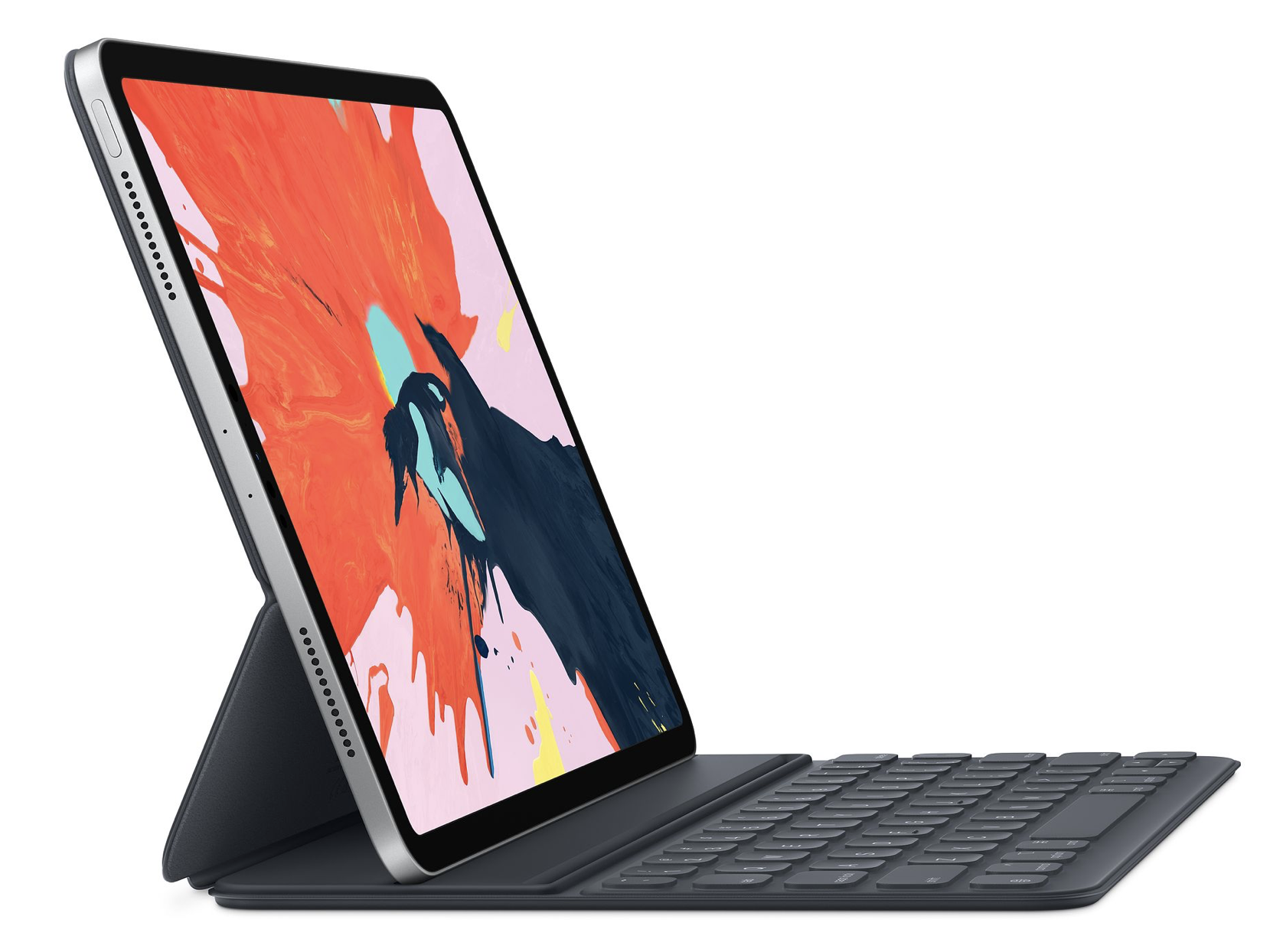WWDC 2019: Apple Gives iPad Laptop-Like Features With iPadOS

The latest iPad operating system update adds multitasking and productivity enhancements as well as support for USB storage devices
Apple has unveiled a dedicated operating system for the iPad, called iPadOS, as it seeks to make the devices a more direct competitor to laptops and Chromebooks.
The move follows Apple’s update to the iPad Pro last year and the introduction of new iPad Air and iPad Mini models in March.
iPadOS was announced at Apple’s World Wide Developer Conference (WWDC) 2019 in San Jose, California, where the company also unveiled a single sign-in service with privacy features, an update to the Mac Pro workstation, a dedicated app store for the Apple Watch and other products and services.
The new iPad system gives users a browser with full desktop capabilities and more fully featured text editing commands.

USB storage
It brings in support for external USB hardware such as storage drives, while iPads will also be able to import media directly from cameras via USB.
The software introduces multitasking features such as a Slide Over mode for switching apps.
The mode includes a split-screen feature that allows users to view two apps or two versions of the same app side-by-side.
iPadOS adds a floating keyboard that can be repositioned anywhere on the screen and performance enhancements for areas including FaceID unlocking and app updates.
It enables iPads to be used as a second screen alongside a Mac, via a wired or wireless link, a feature Apple calls Sidecar.
The OS adds a Dark Mode for low-light conditions, a feature also brought to other devices with iOS 13.

App porting
In a move aimed at developers, Apple introduced Project Catalyst, a framework that allows iPad apps to be ported to the Mac.
The tool can be accessed right away, adding a ‘Mac’ check box to the Xcode developer environment that adds support for the desktop OS.
The feature is another way of helping iPads, laptops and workstations work more closely together.
“Renewed focus on iPad shows Apple’s desire to pitch it as a competitor to Windows-powered notebooks and Google’s Chromebooks,” wrote CCS Insight analyst Ben Wood on Twitter.
“Introducing iPadOS merely formalises what Apple has been doing since the launch of the iPad in 2010 when it started offering optimised iPad-only apps. A sensible move.”

ARM-based laptop
Jean-Baptiste Su, vice president of advanced technologies at Atherton Research, said the new operating system paves the way for future iPads that are based on ARM processors, rather than Intel chips, but function much like laptops.
He said such future devices could arrive with a detachable keyboard and a wireless mouse, similar to Microsoft’s Surface devices.
Apple already provides the Smart Keyboard for iPads.
The software is set to become available this autumn as an update for the iPad Air 2 and later, all iPad Pro models, fifth-generation iPads and the iPad Mini 4 and later.